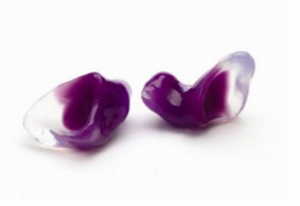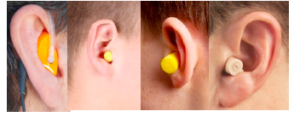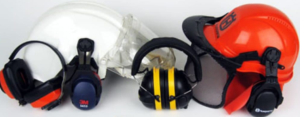NIOSH has developed a sound level meter mobile app designed to measure noise exposure in the workplace.
The app, available for Apple devices, provides noise exposure metrics that are of “importance for proper occupational noise measurements,” NIOSH states in a Jan. 17 blog post. NIOSH is collaborating with other agencies to develop an Android version, but the agency stated that it may verify the app only on selected devices because of the large number of available Android devices and models. The project would begin when funding becomes available.
The app supplies instantaneous sound levels in A-weighted, C-weighted or Z-weighted decibels, as well as parameters intended to aid with lowering occupational noise-induced hearing loss. Users can save and share measurement data and receive general information about noise and hearing loss prevention.
NIOSH recommends using the app with an external microphone and acoustical calibrator for better accuracy. The app is not intended to be used for compliance or as a substitute to a professional sound level meter or a noise dosimeter, the agency cautions.
In 2014, NIOSH researchers examined nearly 200 sound measurement apps. They found that most available apps are designed for the casual user and do not have the accuracy and functionality for occupational noise measurements, according to the blog post.
NOISE AND HEARING LOSS PREVENTION
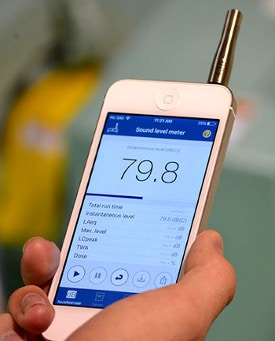
The NIOSH Sound Level Meter mobile application is a tool to measure sound levels in the workplace and provide noise exposure parameters to help reduce occupational noise-induced hearing loss.
Key Benefits
- Raises workers’ awareness about their work environment
- Helps workers make informed decisions about the potential hazards to their hearing
- Serves as a research tool to collect noise exposure data
- Promotes better hearing health and prevention efforts
- Easy to use



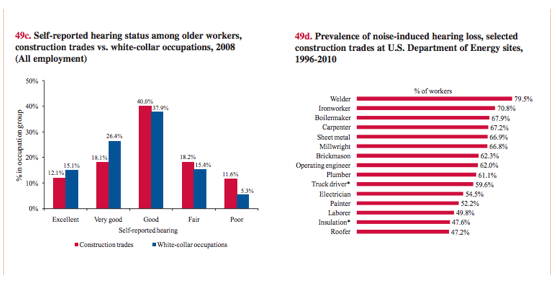

 Noise-induced hearing loss (NIHL) is increasingly becoming a problem, especially for people aged 12 to 35. With the growing popularity of personal listening devices, taking steps to protect your hearing has never been more important. Take steps to ensure that you are listening at an appropriate volume, and use earplugs in heavily noise-polluted environments such as sports venues, hunting, shooting, concerts, or other events and activities that are loud. As little as 10 seconds at a loud stadium or concert can cause permanent hearing damage. Learn More about Hearing Protection.
Noise-induced hearing loss (NIHL) is increasingly becoming a problem, especially for people aged 12 to 35. With the growing popularity of personal listening devices, taking steps to protect your hearing has never been more important. Take steps to ensure that you are listening at an appropriate volume, and use earplugs in heavily noise-polluted environments such as sports venues, hunting, shooting, concerts, or other events and activities that are loud. As little as 10 seconds at a loud stadium or concert can cause permanent hearing damage. Learn More about Hearing Protection.
